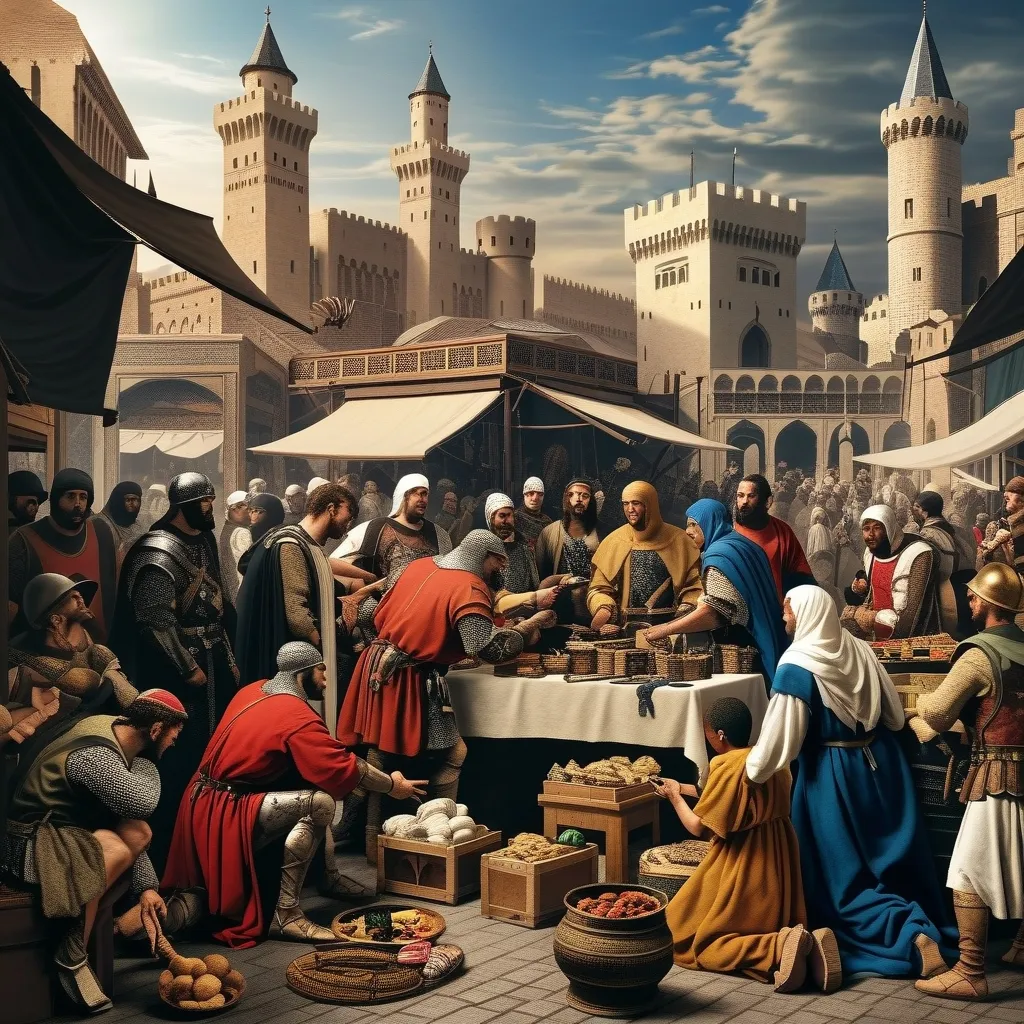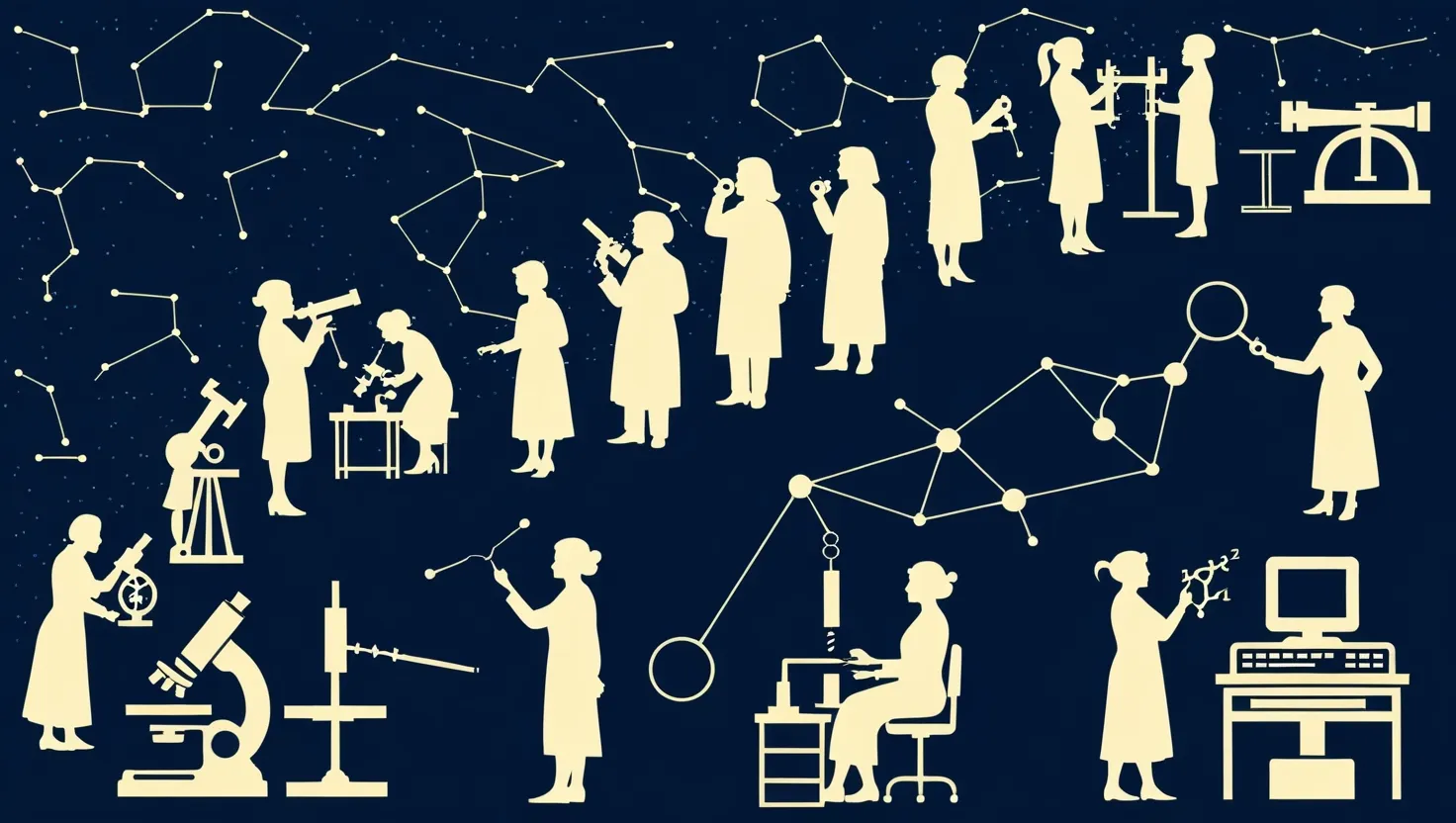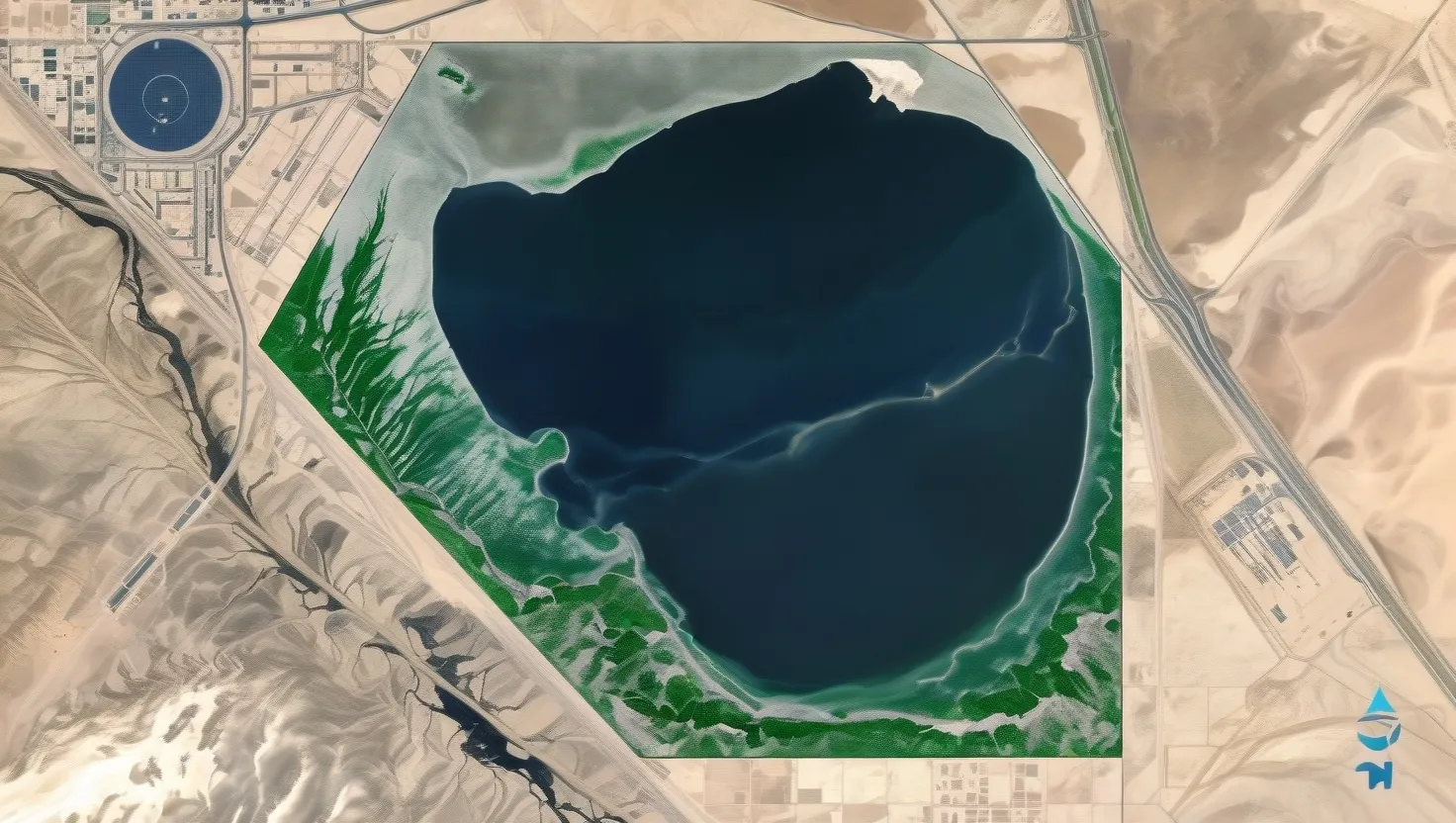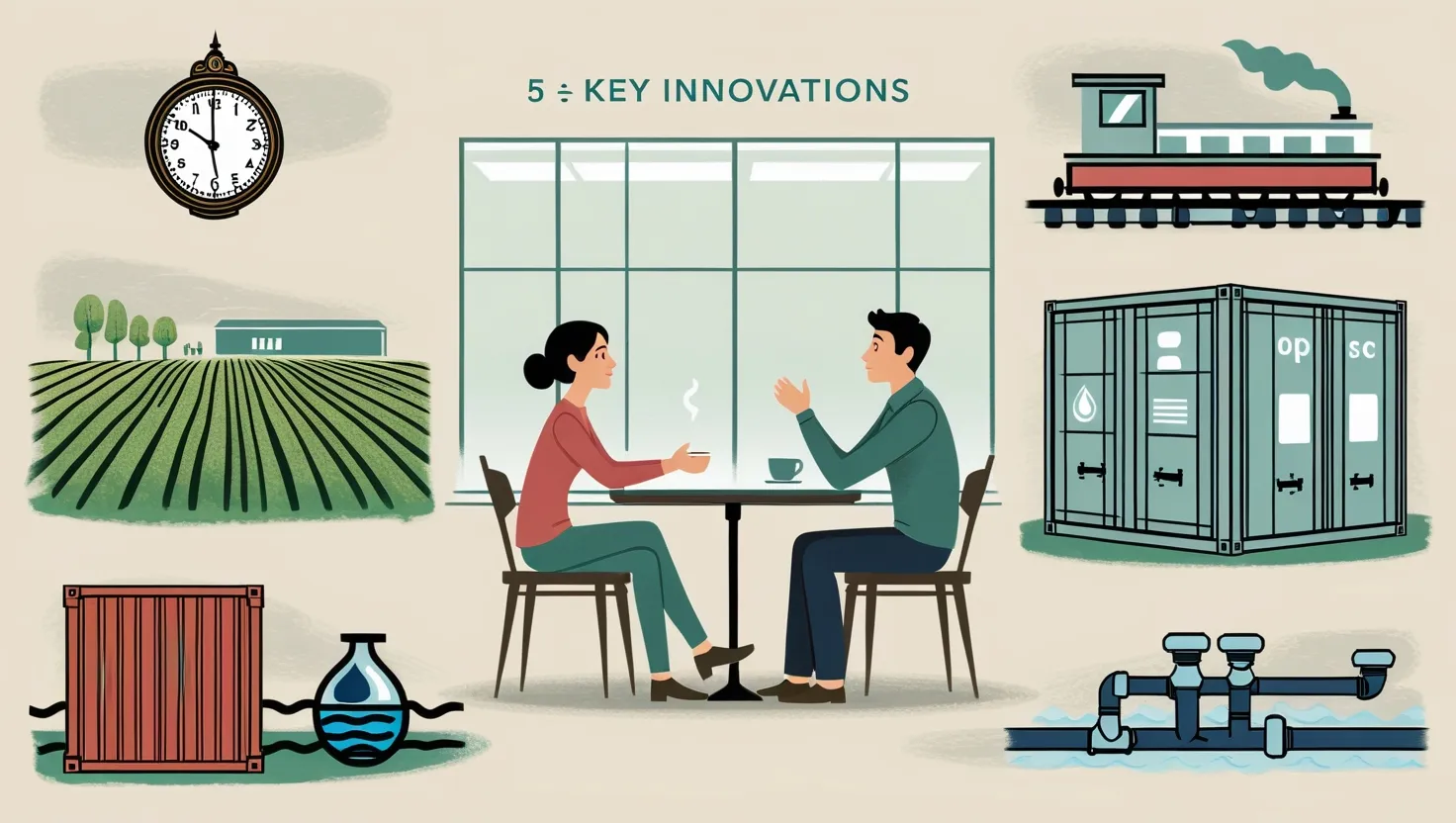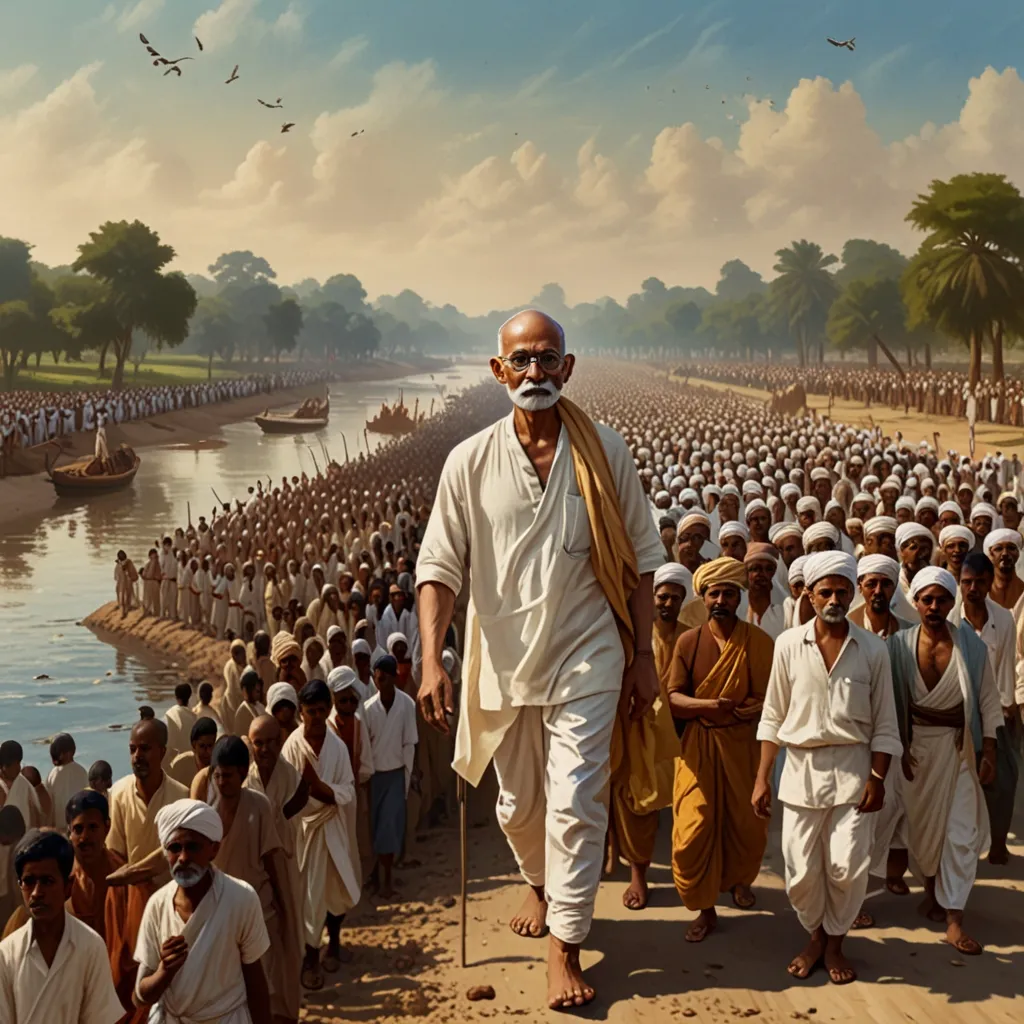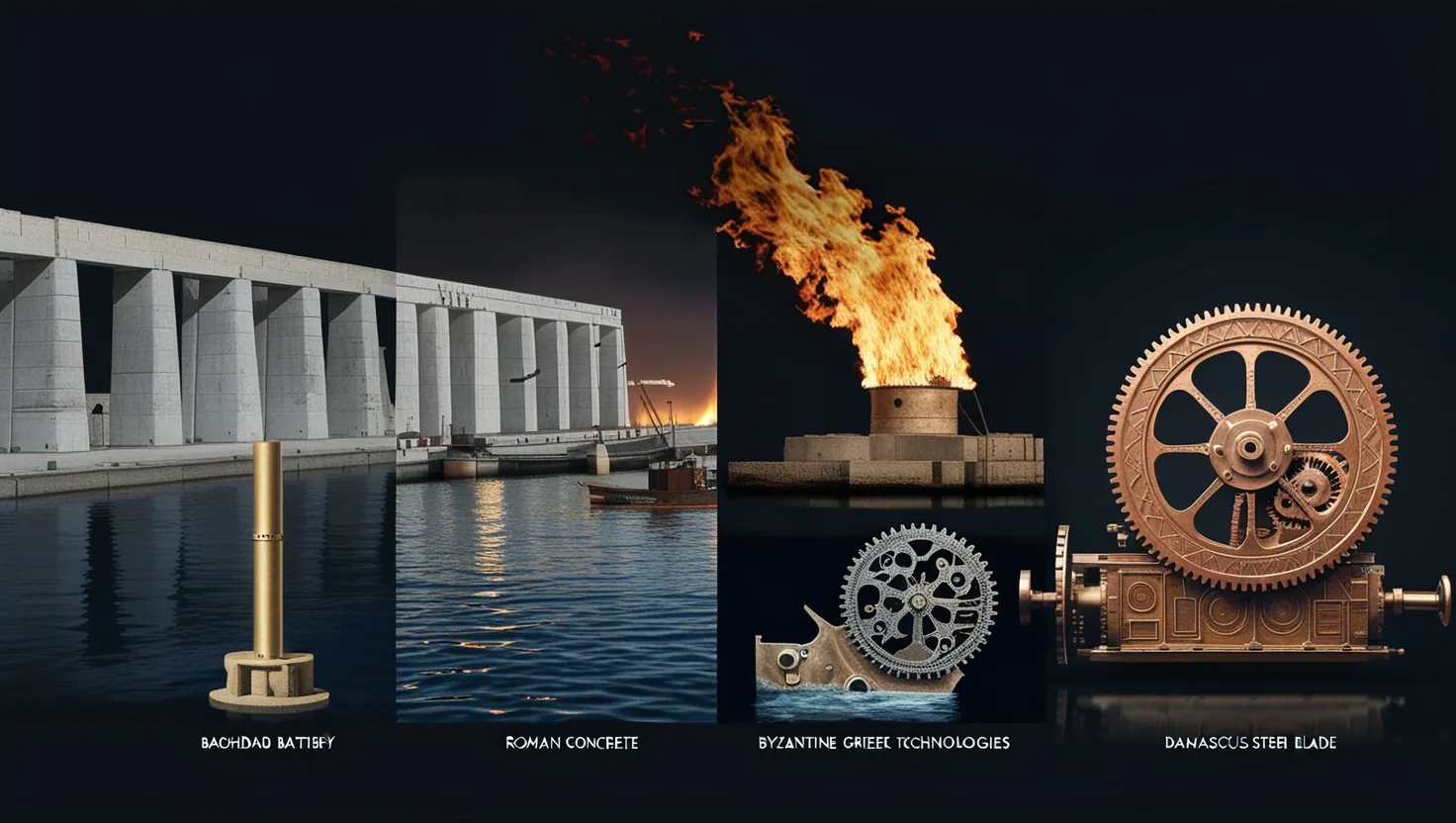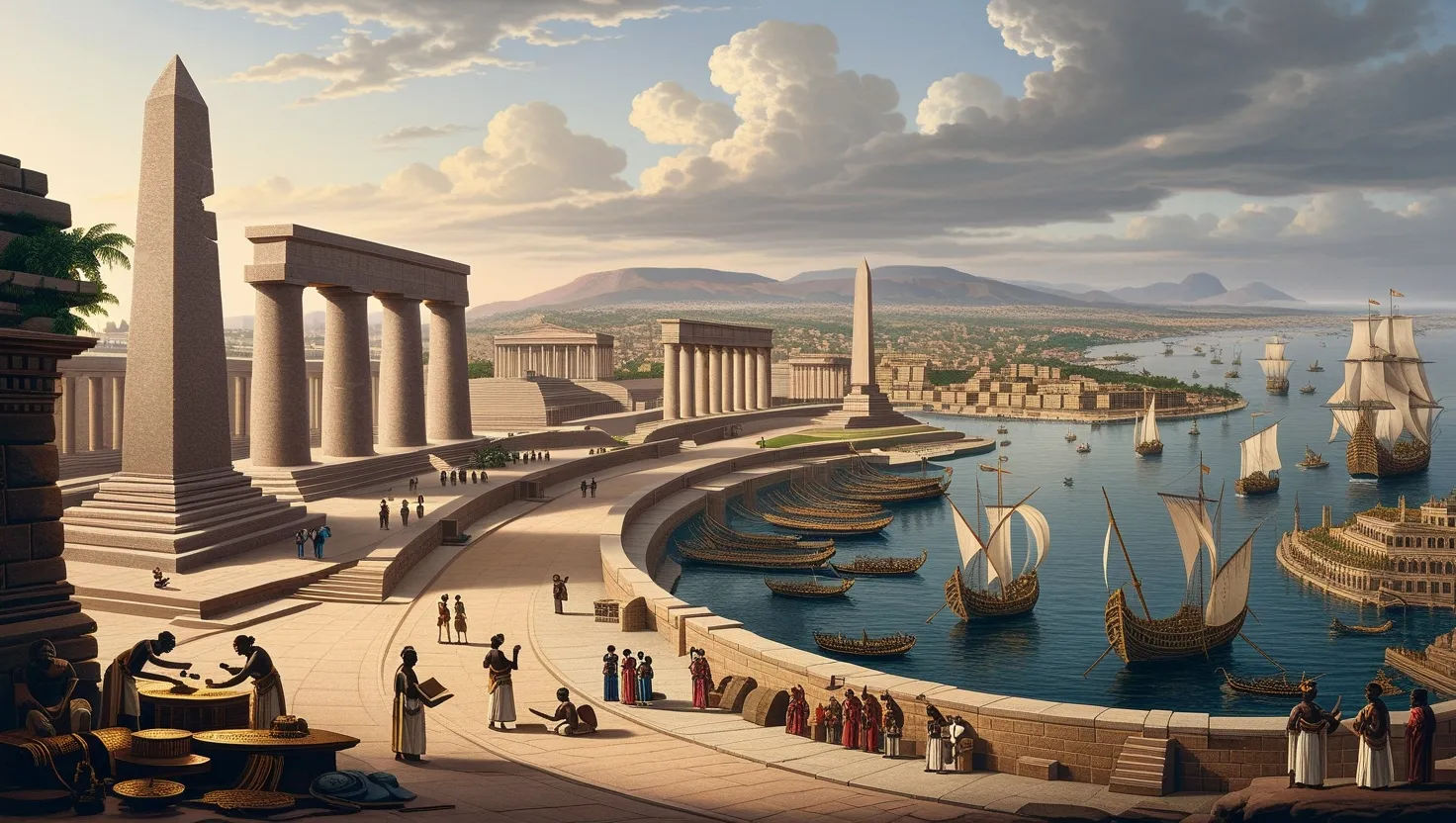Crusades: The Untold Stories
Man, the Crusades were wild. We’ve all heard about the knights in shiny armor and epic battles, but there’s so much more to it. Let’s dive into the juicy details that your history teacher probably skipped over.
First off, let’s talk about the crusaders themselves. These weren’t just some holier-than-thou warriors on a divine mission. Nah, they were regular folks like you and me. Some were in it for God, sure, but others were chasing that sweet, sweet loot. And then there were those who just got swept up in the hype. It’s like when everyone’s talking about the latest Netflix show, and you jump on the bandwagon even though you have no clue what’s going on.
Take this dude Sigurd, for example. He was a Viking who went on a crusade and ended up scoring a tiny piece of the True Cross. For him, it was like getting the ultimate souvenir. Imagine coming back from vacation with a piece of the Eiffel Tower – that’s how big a deal this was.
Now, here’s where things get dark. The Crusades weren’t just about Christians vs. Muslims. Jewish communities in Europe got caught in the crossfire, and it was brutal. As crusaders marched to the Holy Land, they often turned on Jewish towns along the way. It wasn’t pretty, and it shows how religious fervor can go terribly wrong.
But hey, let’s lighten things up a bit and talk about the ladies. Yeah, you heard me right – women played a huge role in the Crusades, even though they don’t get much airtime in the history books. There was this badass queen named Melisende who ruled Jerusalem. She was wheeling and dealing in medieval politics like a pro. And then there was Anna Komnene, a Byzantine princess who was basically the Crusades’ own chronicler. These women weren’t sitting around embroidering – they were in the thick of it.
Speaking of the Byzantines, they’re like the forgotten middle child of the Crusades. Everyone focuses on the Western Europeans, but the Byzantine Empire was right there in the mix. They were like, “Cool, thanks for the help against the Muslims, but also, could you maybe not try to take over our stuff?” It was complicated, to say the least.
Now, let’s talk economics. The Crusades weren’t just about whacking each other with swords. There was a whole lot of buying and selling going on. Merchants were living their best lives, trading everything from spices to fancy fabrics. It was like a medieval version of Amazon, but with more camels and less next-day delivery.
And the cultural exchange? Off the charts. Europeans were getting into Middle Eastern food, architecture, you name it. It was like when your friend goes to Thailand for a week and suddenly they’re all about yoga and pad thai.
Now, we can’t forget about the Muslim side of things. History books love to paint Saladin as the big bad guy, but he was more complex than that. He was a smooth operator – part warrior, part diplomat. He was trying to get all the Muslim factions to play nice and team up against the crusaders. It’s like herding cats, but with swords.
There’s this cool dude named Usama ibn Munqidh who wrote about life during the Crusades from the Muslim perspective. Reading his stuff is like stumbling onto a medieval Twitter feed – it’s full of hot takes and juicy gossip about what was really going down.
The Crusades left a mark that’s still visible today. They ramped up anti-Semitism in Europe, helped bring down the Byzantine Empire, and reshuffled the whole Middle Eastern power structure. It’s like when you move one piece on a chessboard, and suddenly the whole game changes.
In Europe, the Crusades spawned these military orders like the Knights Templar. These guys weren’t just warriors – they were into banking, healthcare, and all sorts of other stuff. They were like medieval Swiss Army knives.
Now, here’s a myth-buster for you: the Crusades weren’t some united Christian front against Islam. Nope, it was way messier than that. Different Christian groups were often at each other’s throats. It’s like when you have a big family reunion, and everyone’s arguing about politics over turkey dinner.
Case in point: the Fourth Crusade. These guys were supposed to be heading to fight Muslims, but they ended up sacking Constantinople instead. That’s a Christian city, folks. It’s like setting out to rob a bank and accidentally robbing your own house.
The legacy of the Crusades is a mixed bag. On one hand, you’ve got all this religious violence and zealotry. On the other, it was a time of major cultural and economic exchange. It’s like a really intense study abroad program that went on for centuries.
Even today, people love to bring up the Crusades when talking about modern conflicts. But that’s usually oversimplifying things. It’s like trying to explain TikTok trends using cave paintings – there’s a lot of context you’re missing.
So, there you have it – the Crusades in all their messy, complicated glory. It wasn’t just about good guys versus bad guys. It was a chaotic mix of religion, politics, economics, and culture. You had heroes, villains, and a whole lot of people just trying to get by.
Next time someone starts going on about the Crusades, you can hit them with these fun facts. Just remember, history is never as simple as it seems in the textbooks. It’s full of real people doing real things, sometimes noble, sometimes terrible, but always fascinating.
The Crusades teach us that human nature doesn’t change much. We’re still dealing with religious conflicts, cultural clashes, and political power plays. But they also show us how cultures can influence each other in unexpected ways. Who knows? Maybe centuries from now, people will look back at our time and marvel at the strange and complex ways we interacted with each other.
So, whether you’re a history buff or just someone who likes a good story, the Crusades have got it all. It’s like Game of Thrones, but real, and with fewer dragons (sadly). It’s a reminder that history isn’t just names and dates – it’s about people, their dreams, their fears, and the choices they make. And in that sense, maybe we’re not so different from those crusaders, merchants, and rulers of long ago.
Next time you’re stuck in traffic or waiting in line at the grocery store, think about what life was like during the Crusades. It might make your own problems seem a little less daunting. After all, at least you’re not marching across a desert in full armor or trying to negotiate peace between warring factions (unless you are, in which case, kudos to you).
The Crusades were a turning point in history, a time when worlds collided and nothing was ever quite the same again. They show us the best and worst of human nature, the power of belief, and the unexpected consequences of our actions. They remind us that history is messy, complicated, and endlessly fascinating.
So, go forth and spread the word about the real Crusades. Share these stories with your friends, impress your history teacher, or just use them as excellent conversation starters at awkward parties. Because let’s face it, talking about medieval holy wars is way more interesting than discussing the weather.
And who knows? Maybe by understanding the complexities of the past, we can make better sense of our present and create a brighter future. Or at the very least, we can appreciate how far we’ve come since the days of jousting and chain mail. Either way, the Crusades are a historical goldmine that keeps on giving, full of lessons, warnings, and some pretty epic tales.
